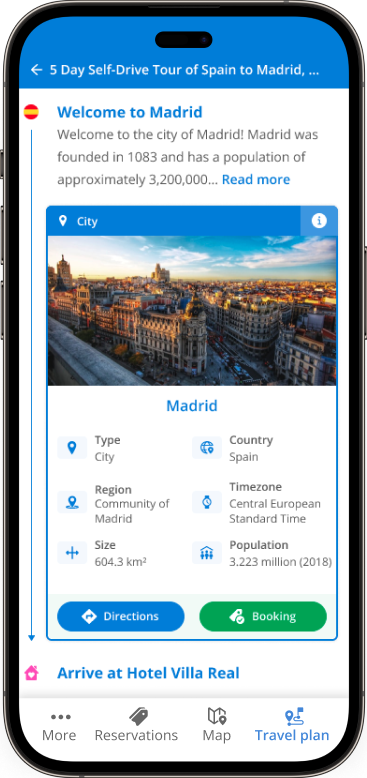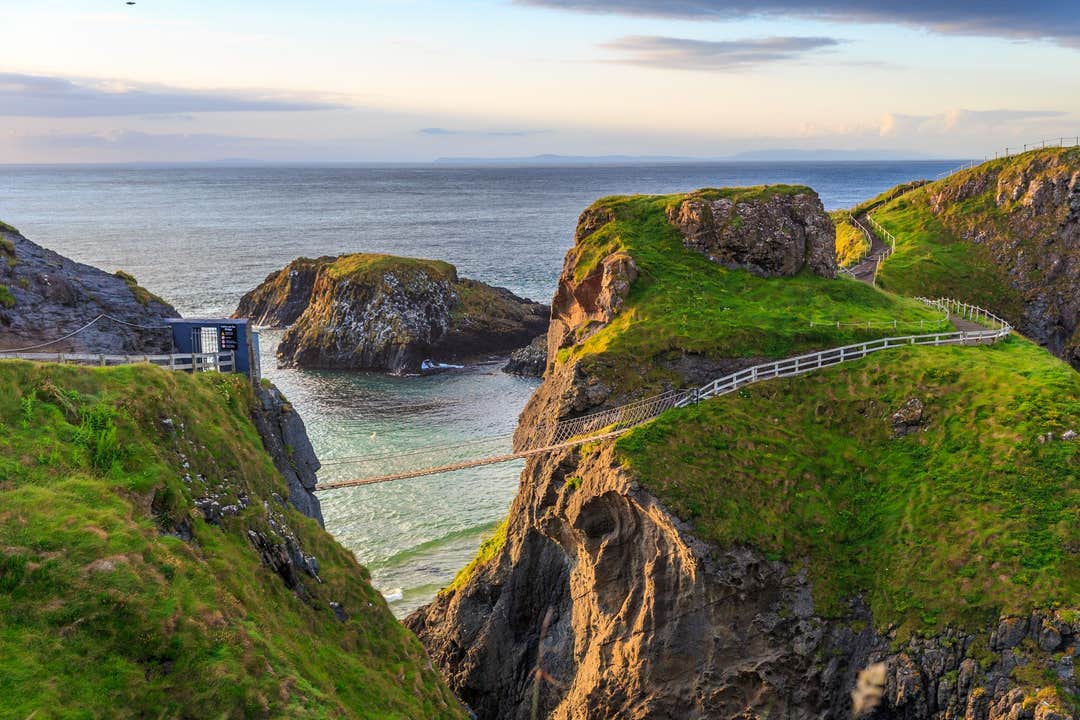




Discover the best time to visit Northern Ireland to experience the country’s stellar lineup of natural wonders. This guide will help you navigate the country’s moody weather and the bustling crowds at famous sites like historic castles and mysterious geologic formations.
Planning your trip to Northern Ireland starts with understanding what this incredible destination has to offer. From the lively streets of Belfast to the intriguing beauty of the Giant's Causeway, Northern Ireland features breathtaking landscapes and captivating culture.
Before visiting the top destinations in Northern Ireland, planning your activities carefully ensures you won’t miss any must-see spots. Start by browsing for the coolest adventure tours in Northern Ireland. Join a "Game of Thrones" experience, visit the iconic Dunluce Castle, or hike the Mourn Mountains for scenic views.
For a stress-free experience, booking one of the best vacation packages in Northern Ireland can simplify your itinerary. These packages often include accommodations, an itinerary, and optional curated activities, making it easy to focus on exploring and enjoying your trip.
Let this guide be your roadmap to creating an unforgettable journey. This article breaks down travel seasons to help you decide the best time to go, ensuring your trip aligns with your interests. Pack your bags and get ready to discover why Northern Ireland is the perfect destination for your next adventure!
The Best Time To Visit Northern Ireland: The Seasons
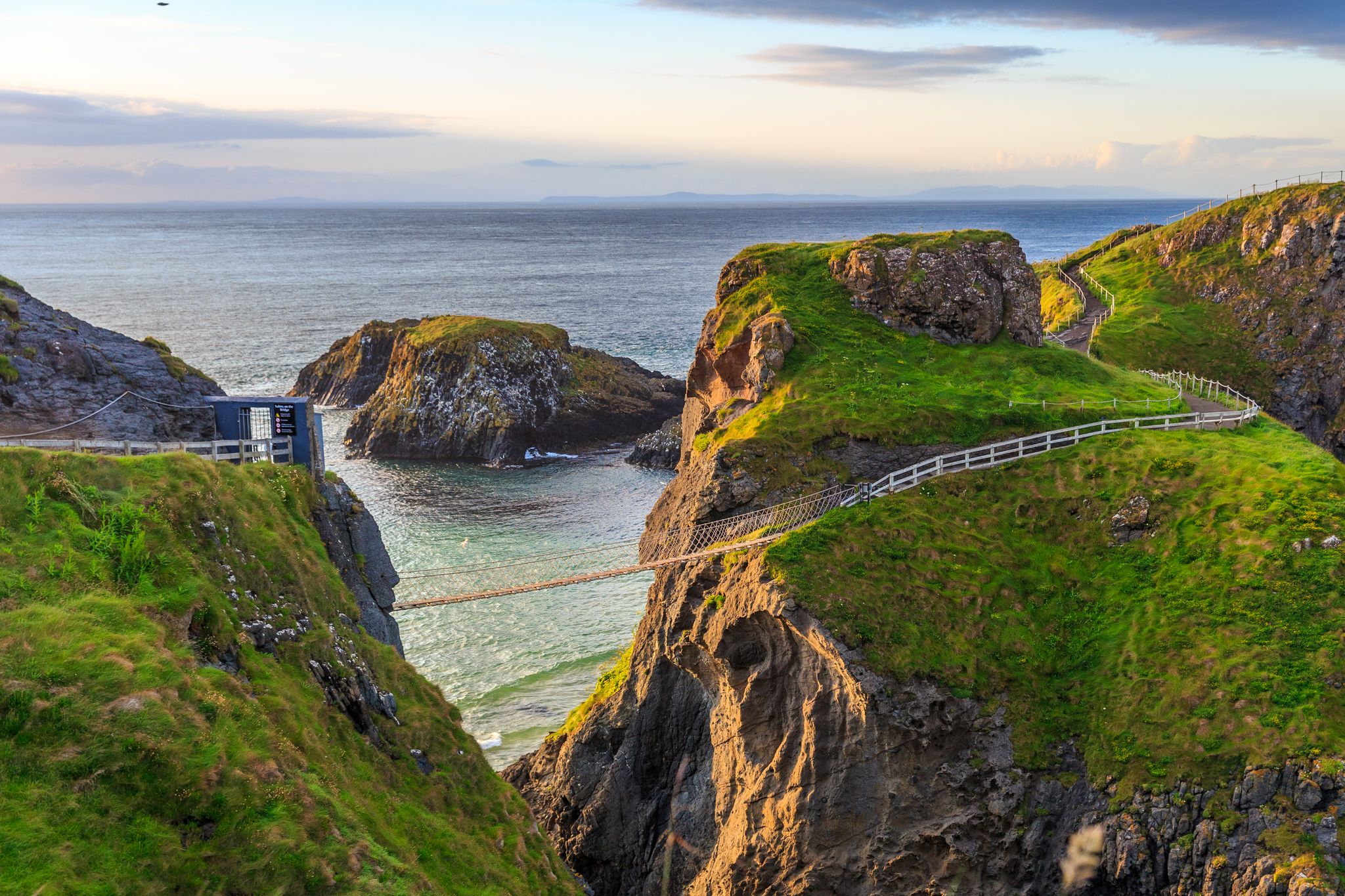
Northern Ireland is packed with stunning natural wonders and endless activities for every traveler. To make sure you experience all this magic, it’s important to know what each season brings and when it’s best to visit.
Spring in Northern Ireland (March to May)

Northern Ireland’s long coast is best enjoyed with mild weather and long days. This is the reason why spring is the best time to visit Northern Ireland for explorers and nature lovers.
Weather and Temperature in Northern Ireland in Spring

Photo by Steven Hylands from Pexels. No edits made.
Spring brings mild temperatures ranging from 46 F to 54 F (8 C to 12 C ). March starts with a bit of winter’s chill, but by April, you’ll notice longer, sunnier days and less frequent rain. May often sees temperatures reaching up to 59 F (15 C), providing ideal conditions for exploring the country’s lush and green landscapes.
While occasional rain showers are common, they usually don’t last long and contribute to the region’s radiant scenery. Increasing daylight hours, with up to 16 hours of daylight by late May, give you ample time to enjoy hikes and historical tours in Northern Ireland and soak in the natural beauty.
Spring’s varied weather ensures that the landscapes are at their most inviting, adding a touch of magic to your Northern Ireland adventures.
Things To Do in Northern Ireland in Spring
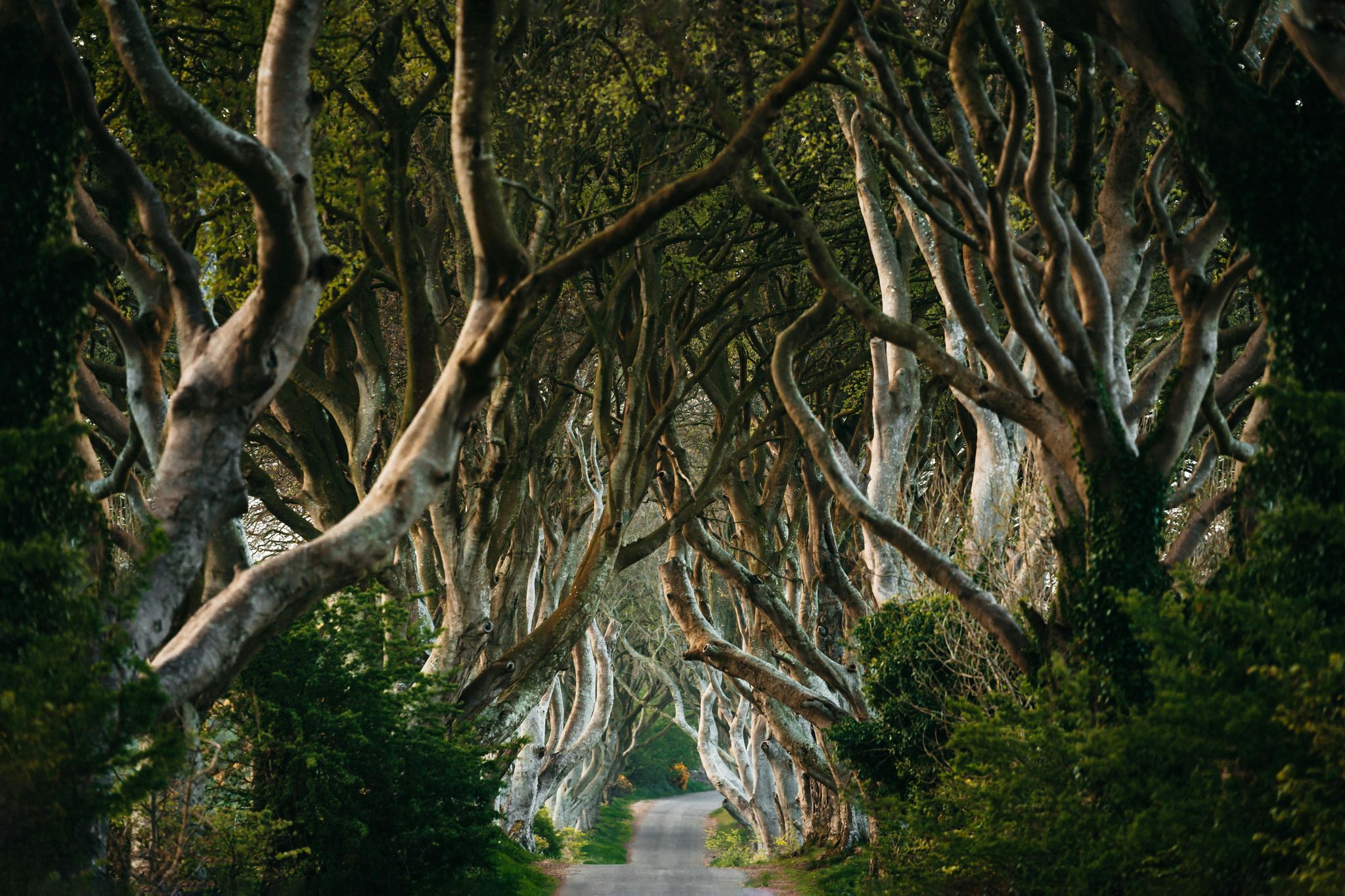
Photo by Andras Stefuca from Pexels. No edits made.
Explore the Giant’s Causeway
Spring is the perfect time to go on a day trip to the Giant’s Causeway from Belfast. The cooler weather means fewer crowds, letting you fully enjoy the stunning basalt columns and dramatic coastal views. The surrounding wildflowers in bloom add a touch of color to this natural wonder
Hike the Mourne Mountains
With milder temperatures and longer days, spring is ideal for hiking in the Mourne Mountains. Take on the Slieve Donard trail, the highest peak in Northern Ireland, for breathtaking views and a rewarding adventure. The trails are less crowded, and the spring scenery is spectacular.
Visit spring festivals
Northern Ireland comes alive with festivals in spring. The Balmoral Showgrounds and the Cathedral Quarter Arts Festival offer a vibrant mix of food, agriculture, music, art, and cultural events. Spring is one of the best times to visit Northern Ireland to experience the local culture and enjoy the lively atmosphere.
Discover historic sites
Spring’s pleasant weather makes it a great time to explore Northern Ireland’s rich history. Visit the ancient Carrickfergus Castle, whose history spans years of wartime. For picturesque cottages and coastal views, stroll through the charming village of Cushendun. A Game of Thrones tour offers the thrill of exploring historical sites used as filming locations.
Take a scenic drive along the Causeway Coastal Route
This iconic route offers some of the most breathtaking views in Northern Ireland. You can best enjoy it by renting a car from the many car rentals in Northern Ireland and going on a self-paced exploration. In spring, the lush green landscapes and blooming flowers make the drive even more spectacular. Stop at charming villages, stunning beaches, and historic sites along the way.
Summer in Northern Ireland: June to August
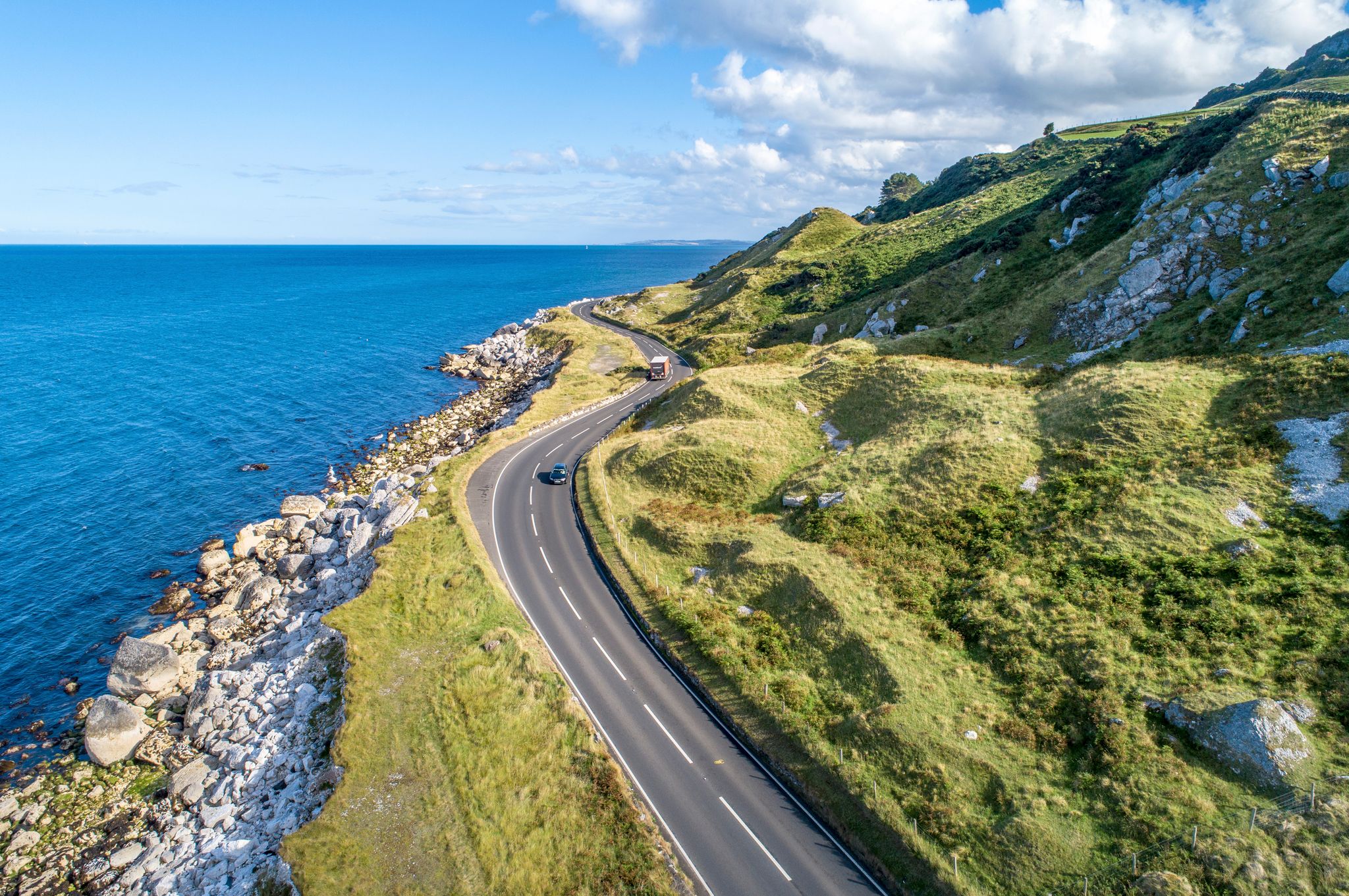
Northern Ireland shines in the summer. With plenty of activities, festivals, and lively events to enjoy, the country becomes more inviting. The warmer temperatures make it the best time to visit Northern Ireland for castle hopping and enjoying the beach.
Weather and Temperature in Northern Ireland in Summer
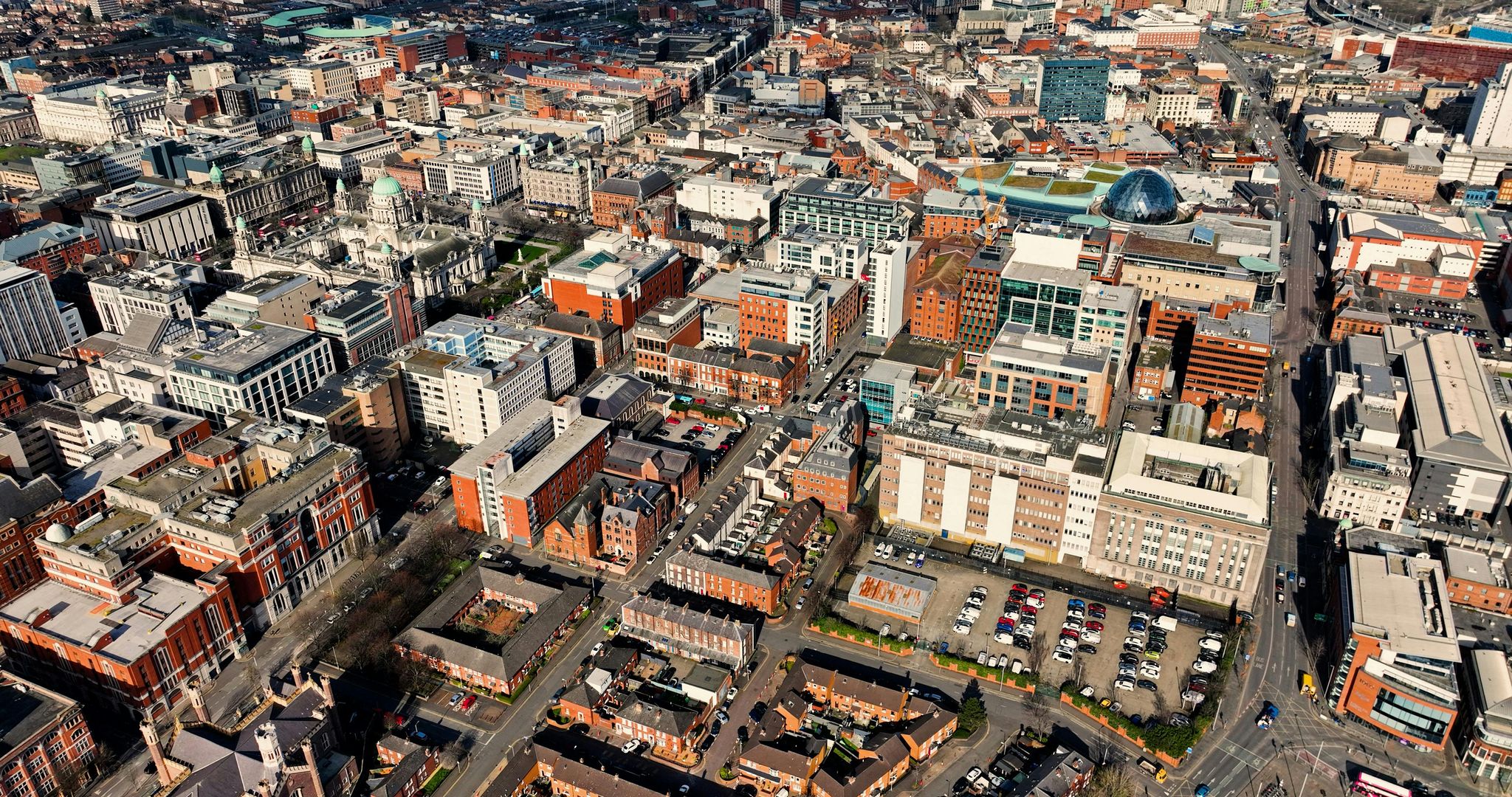
Photo by Peter Steele from Pexel. No edits made.
Summer in Northern Ireland, from June to August, is all about warm, sunny days with temperatures ranging from 59 F to 68 F (15 C to 20 C). Early summer starts around 60 F (16 C) and heats up to the high 60 F (20 C) by July and August.
With up to 18 hours of daylight, this is the best time to visit Northern Ireland to explore outdoor gems. The trails in the Rostrevor and Kilbroney Forest and the beautiful views of the Antrim coast await.
For those seeking urban adventures, city sightseeing tours in Northern Ireland reveal the rich history and captivating culture of its cities.
You might get the occasional rain shower, but they’re usually quick and refreshing. Plus, with sunsets as late as 10:00 PM, your days feel endless, perfect for evening strolls and catching amazing sunsets.
Summer’s warm weather and long, sunny days make it the best time to visit Northern Ireland for adventures, festivals, and scenic spots.
Things To Do in Northern Ireland in Summer
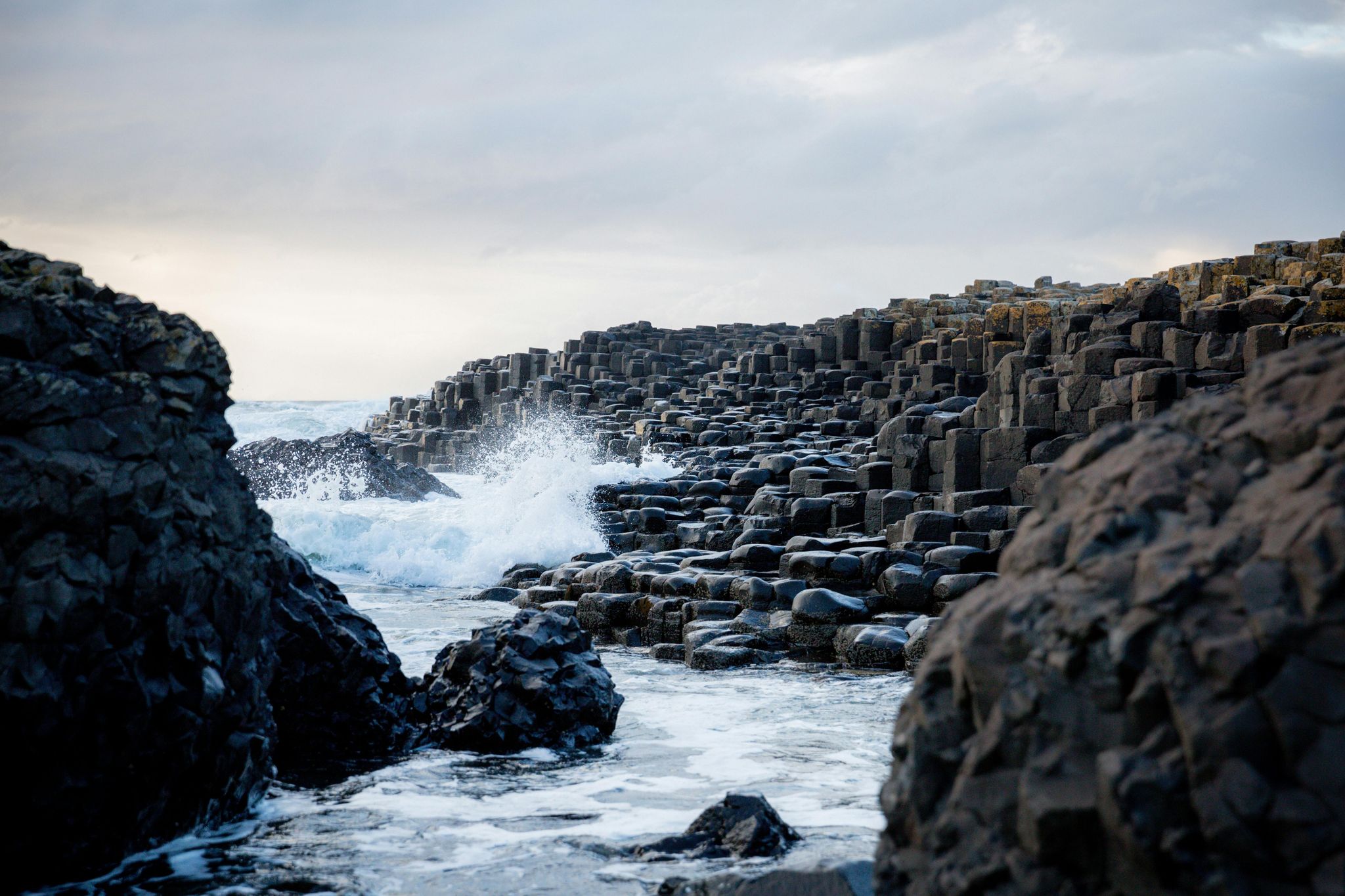
Photo by Sam Forson from Pexels. No edits made.
Ride the famous Black Taxi Tour
Hop onto Belfast’s iconic black taxi tour that delves into the city’s rich history. Learn about “The Troubles,” see the colorful political murals, and hear firsthand stories from knowledgeable local guides. It’s an eye-opening experience that gives you a deeper understanding of Belfast's past and present.
Explore the stunning Antrim Coast This scenic Antrim Coast tour is packed with breathtaking views, charming villages, and must-see attractions. As you drive along the Causeway Coastal Route, you’ll pass through picturesque spots like Cushendun and Cushendall. These quaint villages are great for a quick stop to enjoy the coastal charm and maybe even a bit of local history.
Join a Belfast walking tour Start your summer adventure with a Belfast walking tour of the city center. Summer’s long days and pleasant weather make it the best time to visit Northern Ireland for a stroll through the city’s highlights. Explore historic landmarks, street art, and trendy spots. Don’t miss the Titanic Belfast museum, the bustling St. George’s Market, and the lively Cathedral Quarter.
Visit the Dark Hedges
Made famous by the HBO hit series Game of Thrones, the Dark Hedges is a must-see. The beech trees form a stunning natural tunnel that’s especially beautiful in the summer light. This Belfast tour that stops by the Dark Hedges is perfect for photography and adding a touch of fantasy to your Northern Ireland adventure.
Take a Cruise in Belfast
Enjoy a scenic shore excursion along the Belfast coast. The summer scenery, combined with the city’s iconic landmarks, makes for a relaxing and picturesque experience. It’s a great way to see Belfast from a different perspective.
Autumn in Northern Ireland: September to November
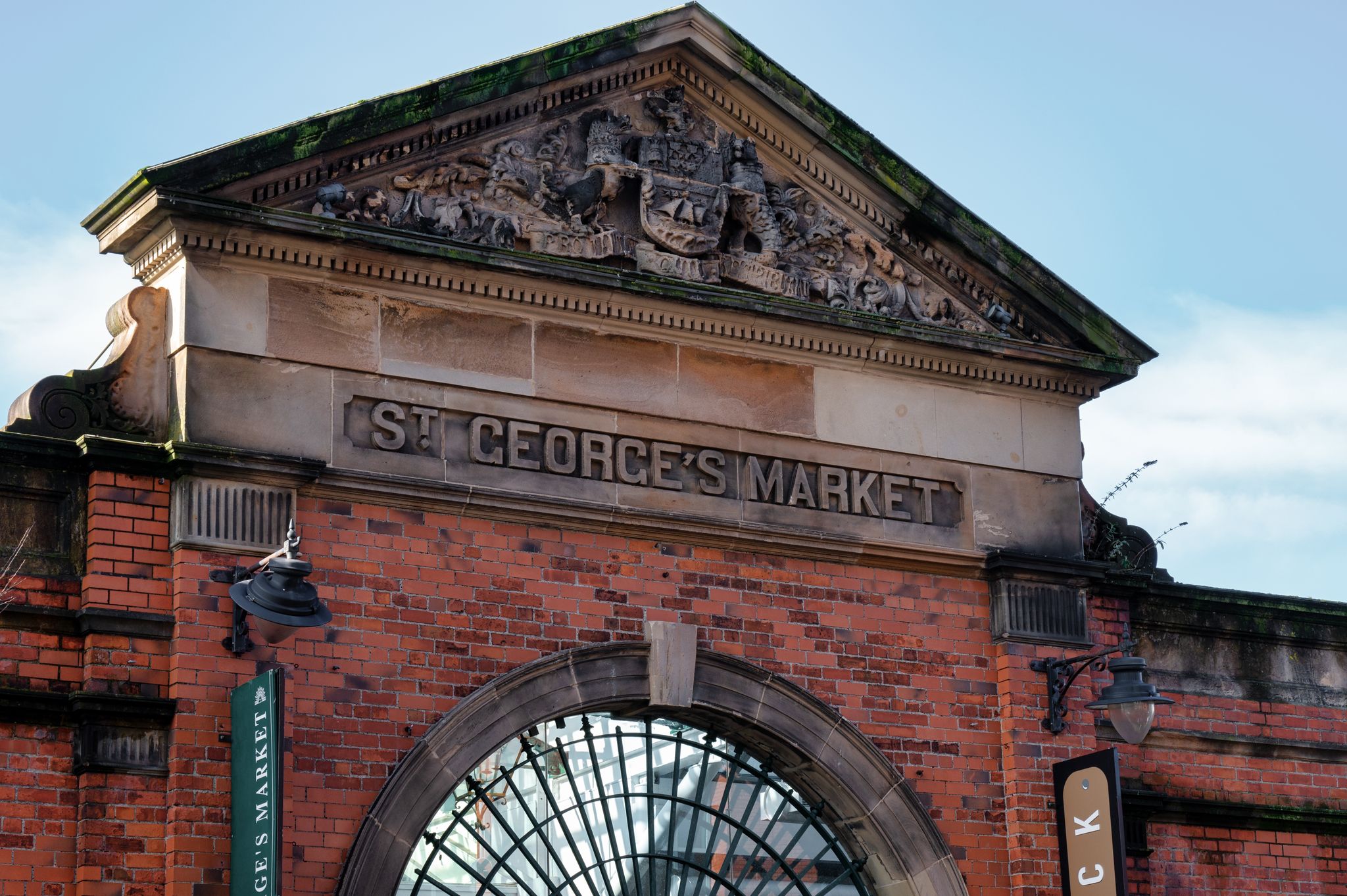
In autumn, the parks and woodlands turn into a portrait of orange and red, making it one of the best times to visit Northern Ireland. Everywhere you turn, there’s a stunning backdrop for all your adventures.
Weather and Temperature in Northern Ireland in Autumn
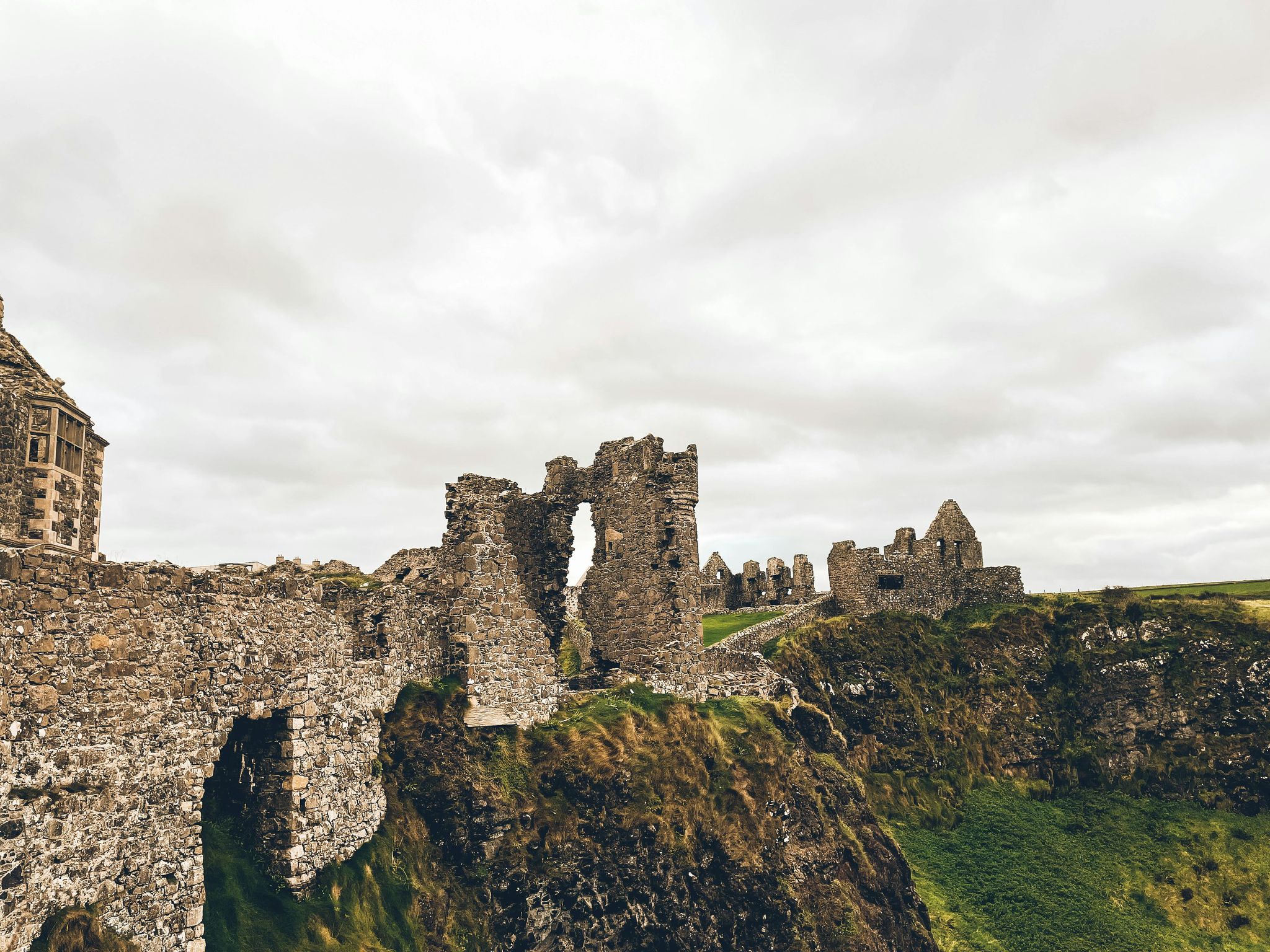
Photo by Mitch Oram from Pexel. No edits made.
Temperatures range from 50 F to 59 F (10 C to 15 C), perfect for wearing cozy sweaters and enjoying outdoor activities. Early autumn often feels mild, but by November, you’ll definitely need a warm jacket.
Rain is common in autumn, so packing a waterproof jacket or an umbrella is a good idea. The rain showers usually don’t last long, and they help keep the landscapes lush and green.
Despite the shorter days, with daylight hours dropping to around 8 hours by November, autumn still offers plenty of time to explore. The crisp air and vibrant fall colors make it the best time to visit Northern Ireland for hikes, scenic drives, and visiting historical sites.
Things To Do in Northern Ireland in Autumn
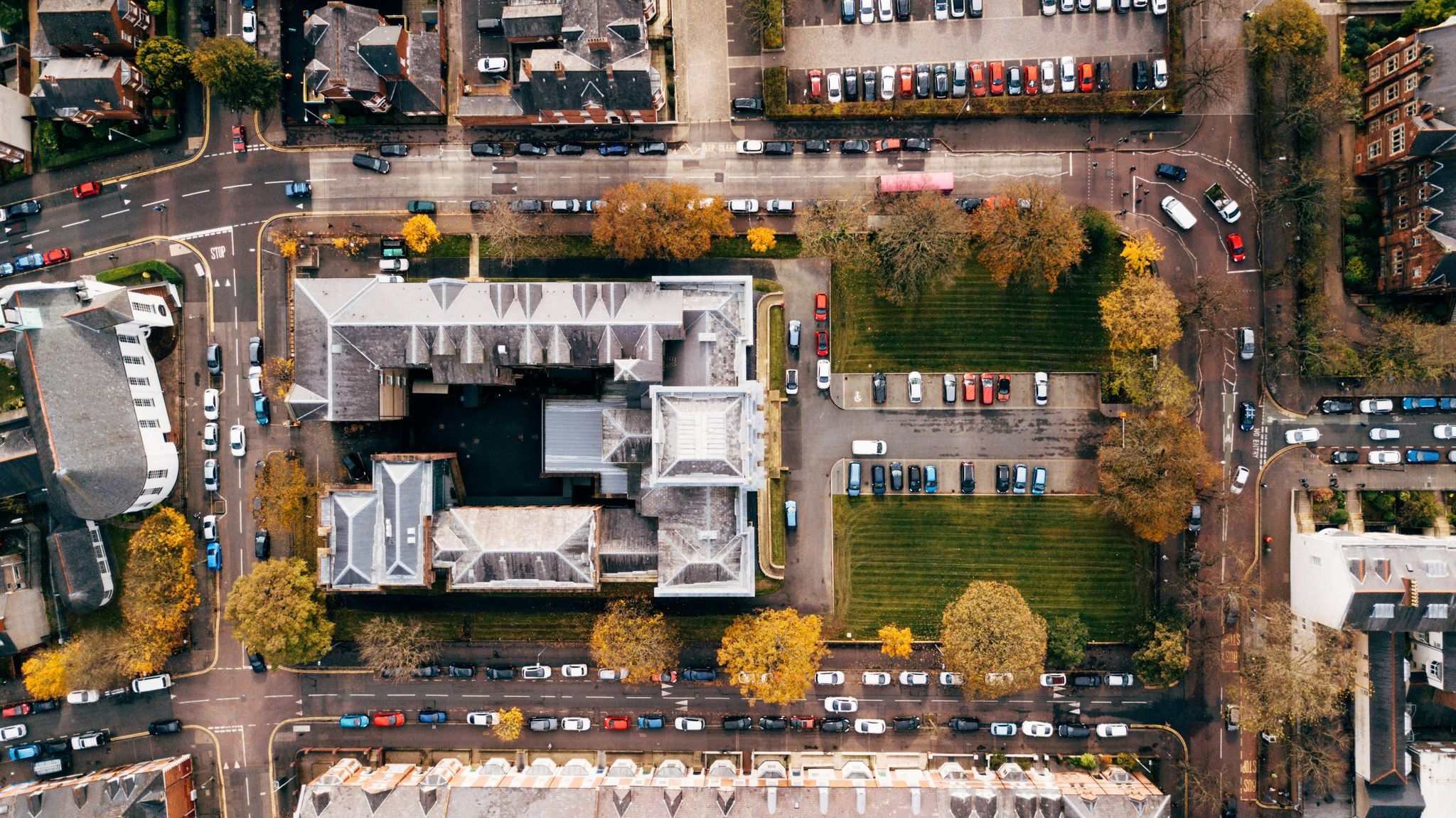
Photo by Kelly from Pexels. No edits made.
Join food tours
Autumn is a great time to join food tours in Northern Ireland to enjoy its culinary delights. Sample local delicacies, visit bustling markets, and learn about the region’s food culture. These tours are also a great way to meet like-minded foodie travelers.
Explore Dunluce Castle
Visit the ruins of Dunluce Castle, perched on a cliff overlooking the sea. Many guided day trips in Northern Ireland include a stop at this charming castle. The misty autumn air and dramatic backdrop make it an even more fascinating and atmospheric destination.
Go on a hop-on, hop-off tour
Discover the highlights of Northern Ireland's capital on a hop-on hop-off bus tour. The autumn foliage adds to the experience of seeing the city’s top sights, like the historic Belfast City Hall, the Peace Wall, and the vibrant Cathedral Quarter.
Attend the Belfast International Arts Festival Dive into a mix of music, theatre, dance, and visual arts at this vibrant festival. Autumn is one of the best times to visit Northern Ireland to experience its cultural scene and enjoy some indoor activities as the weather cools down.
Join movie tours
With crisp air and golden foliage setting the scene, you can join thrilling movie tours in Northern Ireland that bring famous locations to life. For fans of "Game of Thrones," Northern Ireland is a treasure trove of filming spots. Explore the Dark Hedges, which served as the hauntingly beautiful Kingsroad, or visit Castle Ward, the real-life location of Winterfell. Many tours also include expert guides who share behind-the-scenes stories and insights about the production.
Winter in Northern Ireland: December to February

Winter in Northern Ireland is a time of cozy vibes and beautiful landscapes. One of the best things about winter is the chance to experience Northern Ireland’s festive spirit. The cities and towns are decked out with twinkling lights, and Christmas markets pop up everywhere.
Weather and Temperature in Northern Ireland in Winter
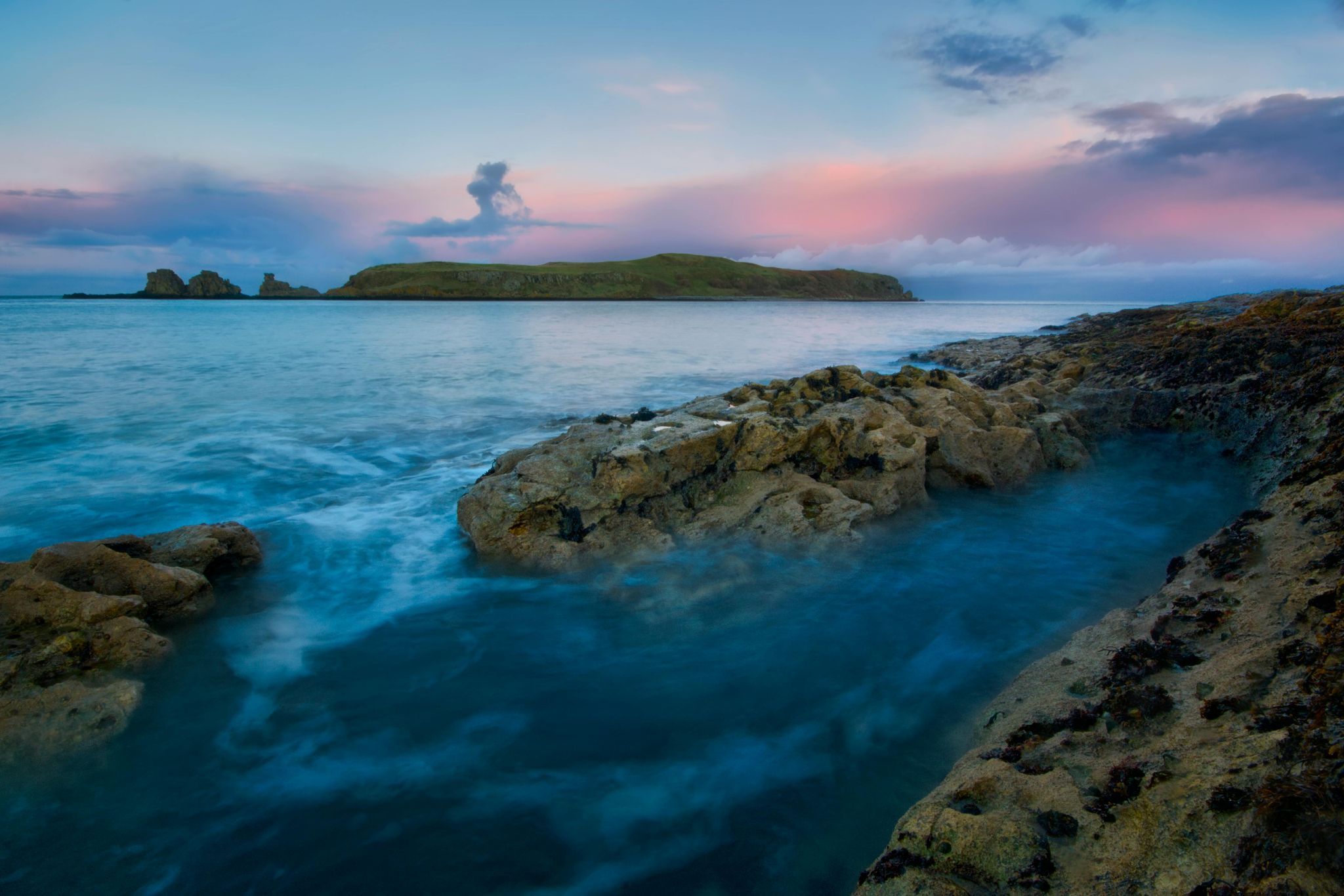
Photo by Steven Hylands from Pexels. No edits made.
Winter in Northern Ireland, from December to February, is cool and crisp, with temperatures ranging from 35 F to 45 F (2 C to 7 C). While it rarely gets extremely cold, a warm coat, scarf, and gloves are essential.
Rain is common, so pack a good waterproof jacket and sturdy shoes. Snowfall is rare but adds a beautiful touch to the landscapes, especially in the higher elevations like the Mourne Mountains.
With daylight hours dropping to about 7-8 hours, winter days are shorter, but the festive lights and decorations add a warm glow to the evenings.
Despite the chilly weather, the cozy atmosphere makes it the best time to visit Northern Ireland for its enchanting landscapes and lively holiday spirit.
Things To Do in Northern Ireland in Winter
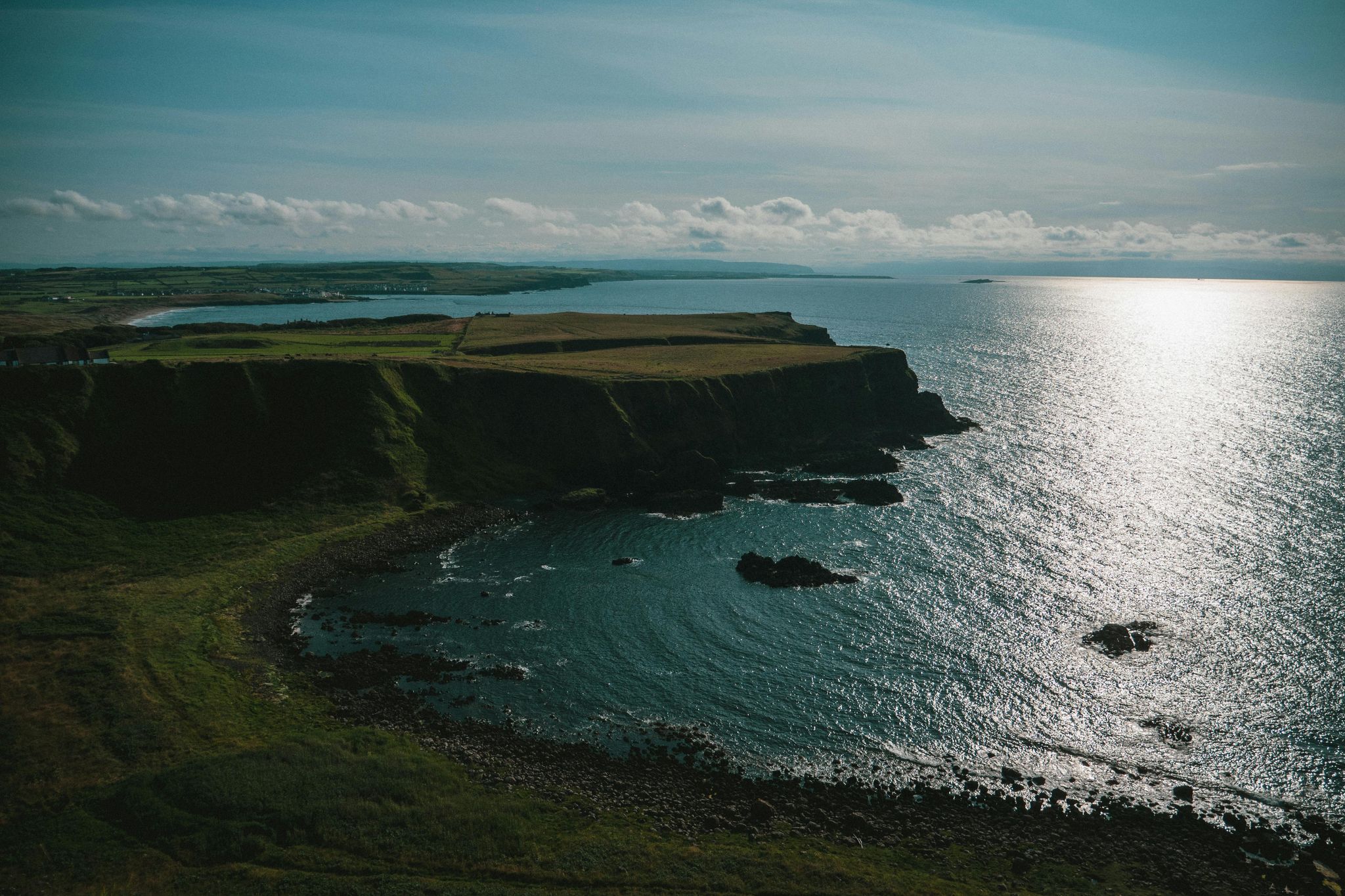
Photo by Mikołaj Kołodziejczyk from Pexels. No edits made.
Visit Titanic Belfast
Dive into history on a tour of the Titanic Belfast museum, an indoor attraction perfect for a winter day. Explore interactive exhibits and learn about the ship’s tragic story. The museum’s stunning architecture and engaging displays make it a must-see, regardless of the weather.
Experience Belfast's Christmas market
Held at City Hall, Belfast's Christmas Market is a winter wonderland. Enjoy festive stalls offering crafts, gifts, and delicious food from around the world. The twinkling lights and cheerful atmosphere make it a perfect spot to get into the holiday spirit.
Explore the walled city of Derry
This Derry walking tour will take you around the historic city walls. The crisp winter air adds to the charm of this medieval city, and the views from the walls are breathtaking. Warm up afterward with a hot drink in one of the city’s cozy cafes.
Relax at a spa retreat
Winter is one of the best times to visit Northern Ireland for some relaxation. Treat yourself to a spa day at one of Northern Ireland’s luxurious spa retreats. Enjoy a range of treatments, from hot stone massages to thermal suites, and unwind in the tranquil surroundings.
Try traditional pubs
No visit to Northern Ireland is complete without experiencing its traditional pubs. Cozy up by the fire with a pint of Guinness or a hot whiskey. Enjoy live music, hearty food, and the warm, friendly atmosphere that makes these pubs so special.
The Travel Seasons in Northern Ireland

When planning your trip, it’s helpful to know about the different travel seasons: peak, shoulder, and off-peak. Each season has its own advantages. Choose the best time to visit Northern Ireland for your adventure based on your preferences and budget.
Peak season in Northern Ireland: June to August
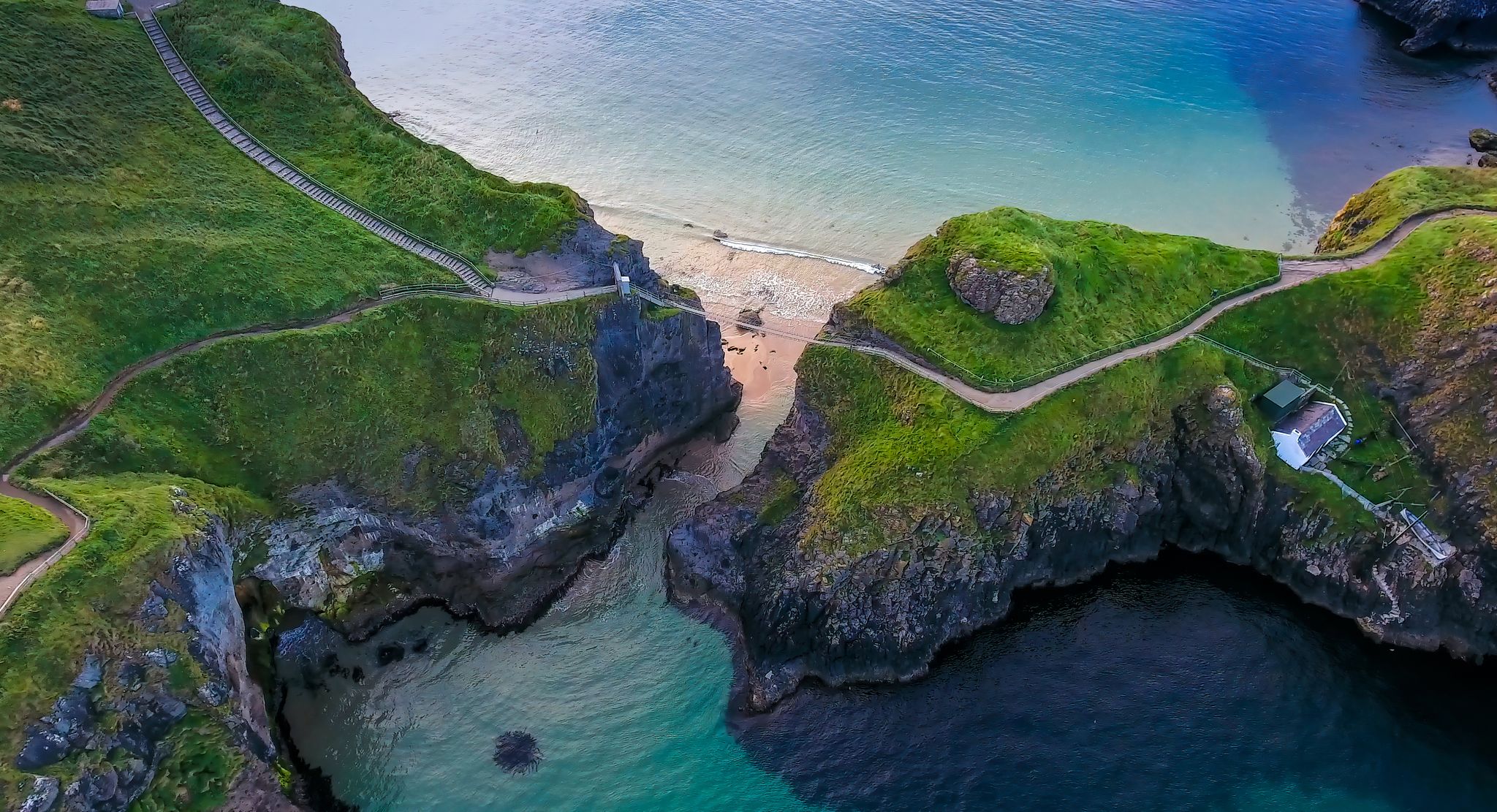
Summer is the best time to visit Northern Ireland if you enjoy warm weather, long days, and lots of activities. June, July, and August are the best months to visit Northern Ireland for outdoor adventures like hiking, beach trips, and festivals.
Why is the Peak Season the Best Time To Visit Northern Ireland?

Photo by Kelly from Pexels. No edits made.
Perfect weather During the peak season, Northern Ireland enjoys its warmest weather of the year. With temperatures ranging from 59 F to 68 F (15 C to 20 C), the days are comfortably warm and ideal for outdoor activities. The long daylight hours, with up to 18 hours of sunshine, give you plenty of time to explore and enjoy the great outdoors.
Lively festivals and events Summer is one of the best times to visit Northern Ireland for festivals. From the lively West Belfast Festival to the cultural celebrations at the Belfast Mela, there’s always something happening. These events bring together music, art, food, and fun, offering a vibrant taste of local culture and a chance to join in the festivities.
Bustling atmosphere
The peak season brings a lively buzz to towns and cities across Northern Ireland. Popular tourist spots like the Giant’s Causeway, the Carrick-a-Rede Rope Bridge, and the Dark Hedges are bustling with visitors. The increased number of tourists also means more opportunities to meet new people and make friends from around the world.
Best for sightseeing With the long, sunny days of summer, you have more time to fit in sightseeing and exploring. Take a hop-on hop-off tour in Belfast or explore the picturesque villages along the coast. The extended daylight hours of summer make June to August the best months to visit Northern Ireland.
Tips When Visiting Northern Ireland in the Peak Season
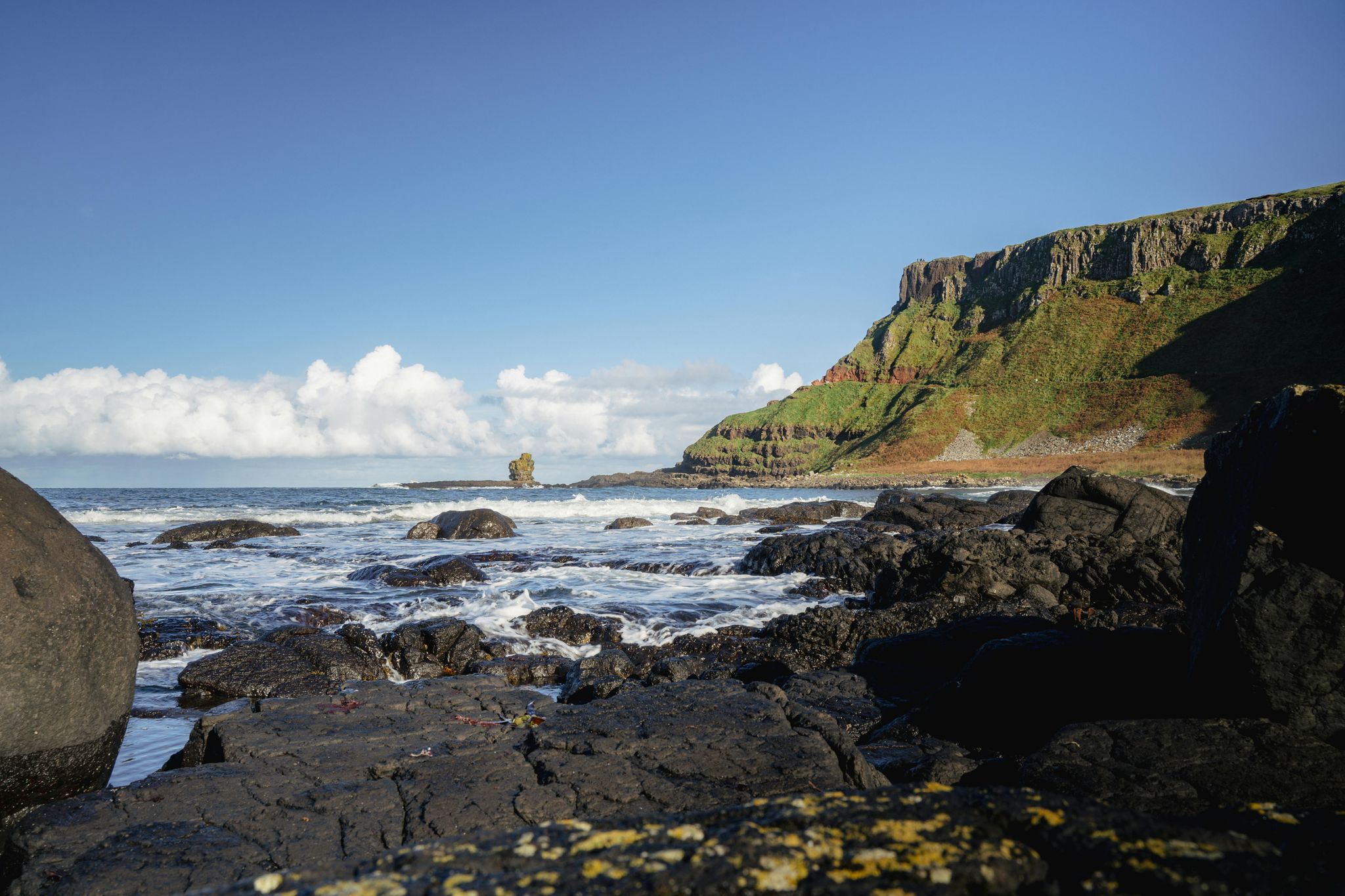
Photo by Daniel Smyth from Pexels. No edits made.
Book early Summer is the busiest time of year, so be sure to book your flights, accommodations in Nothern Ireland, and any tours or activities well in advance. This helps you get the best deals and ensures you won’t miss out on popular spots.
Pack smart The weather in Northern Ireland can be unpredictable, even in summer. Pack layers, including a light jacket and a waterproof coat, so you’re prepared for both sunny days and sudden rain showers. Comfortable walking shoes are a must for all the exploring you’ll be doing.
Plan your itinerary
With so much to see and do, it’s a good idea to plan your itinerary in advance. Prioritize must-see attractions like the Giant’s Causeway, the Carrick-a-Rede Rope Bridge, and the Dark Hedges. Leave some room for spontaneous adventures too!
Beat the crowds
Popular tourist spots can get busy, especially during peak hours. Visit early in the morning or later in the afternoon to avoid the largest crowds. Sunrise and sunset are also great times for photography. During these times, skip-the-line access to tours in Northern Ireland would come in handy.
Stay hydrated and sun-safe Even though the weather is cooler than in many other summer destinations, it’s still important to stay hydrated and use sunscreen. This is a must, especially if you’re spending a lot of time outdoors.
Shoulder Season in Northern Ireland: April to May and September to October
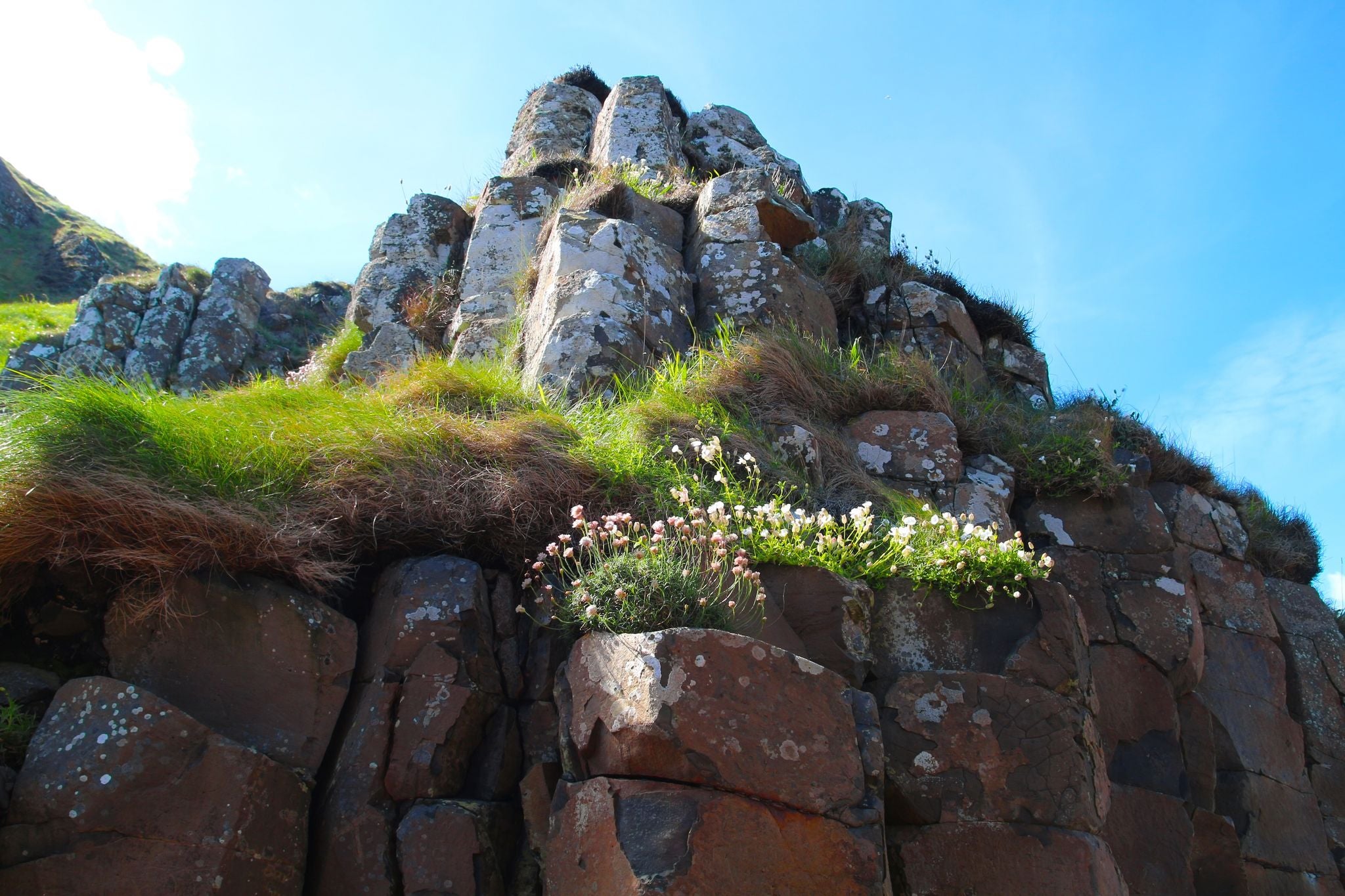
The shoulder seasons in Northern Ireland are late spring (April to May) and early autumn (September to October). These are the best months to visit Northern Ireland if you prefer milder weather.
Why is the Shoulder Season the Best Time To Visit Northern Ireland?
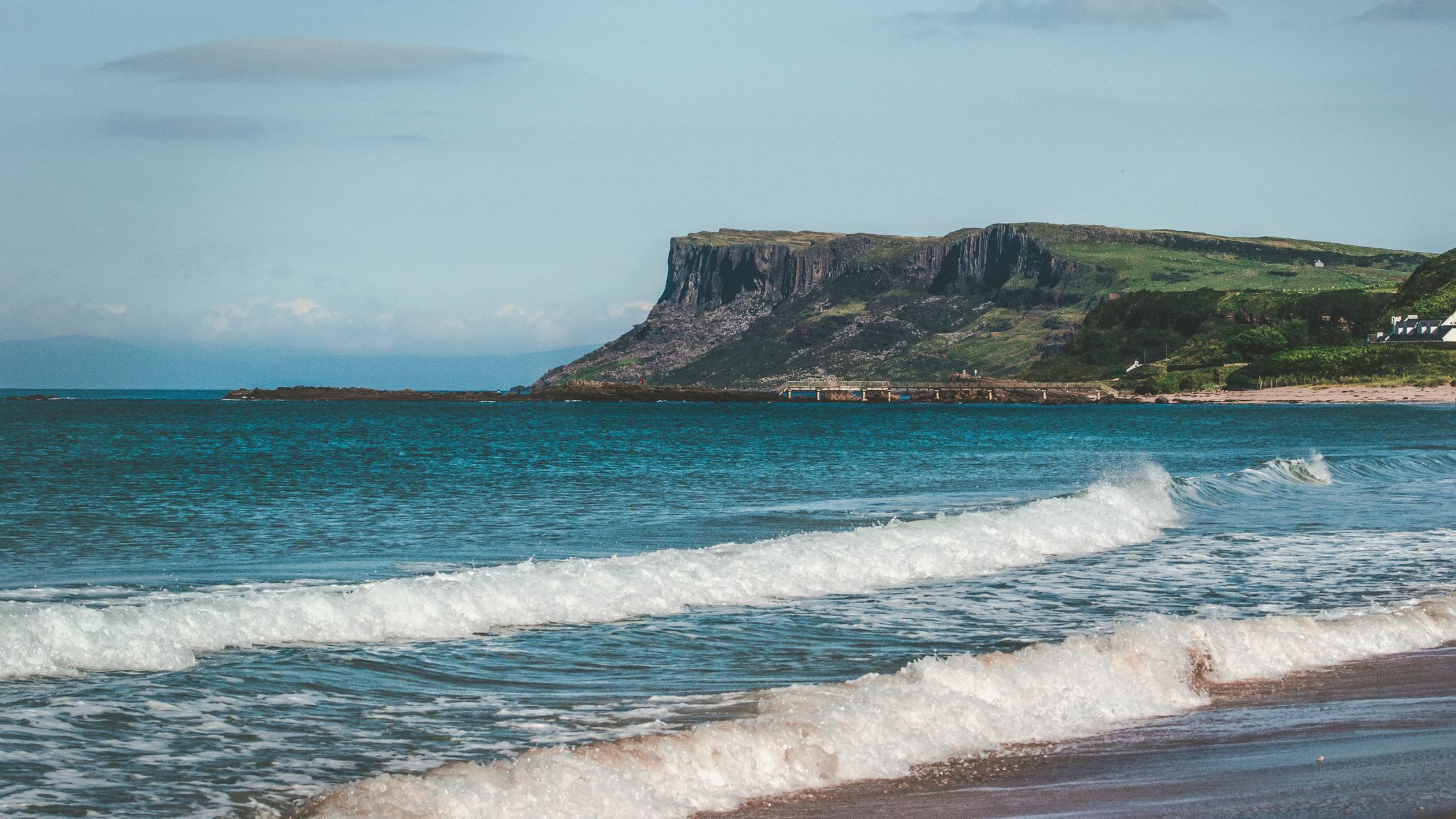
Photo by K. Mitch Hodge from Usnplash. No edits made.
Fewer crowds
With fewer tourists around, you can enjoy a more peaceful and relaxed visit. Popular attractions like Giant’s Causeway are less crowded, giving you a better experience and more opportunities for great photos.
Milder weather
The weather in spring and autumn is mild and pleasant, which is ideal for outdoor activities. You’ll be comfortable exploring without the summer heat or the chilly winter weather.
Lower prices
Northern Ireland flights and accommodations are often cheaper during the shoulder seasons compared to the peak summer months. This makes it a great time for budget-conscious travelers to explore Northern Ireland.
Stunning scenery For stunning scenery, the shoulder seasons offer the best times to visit Northern Ireland. In spring, see its blooming flowers, which include daffodils, snowdrops, and bluebells. Meanwhile, in autumn, the country will welcome you with its colorful foliage.
Tips When Visiting Northern Ireland in the Shoulder Season
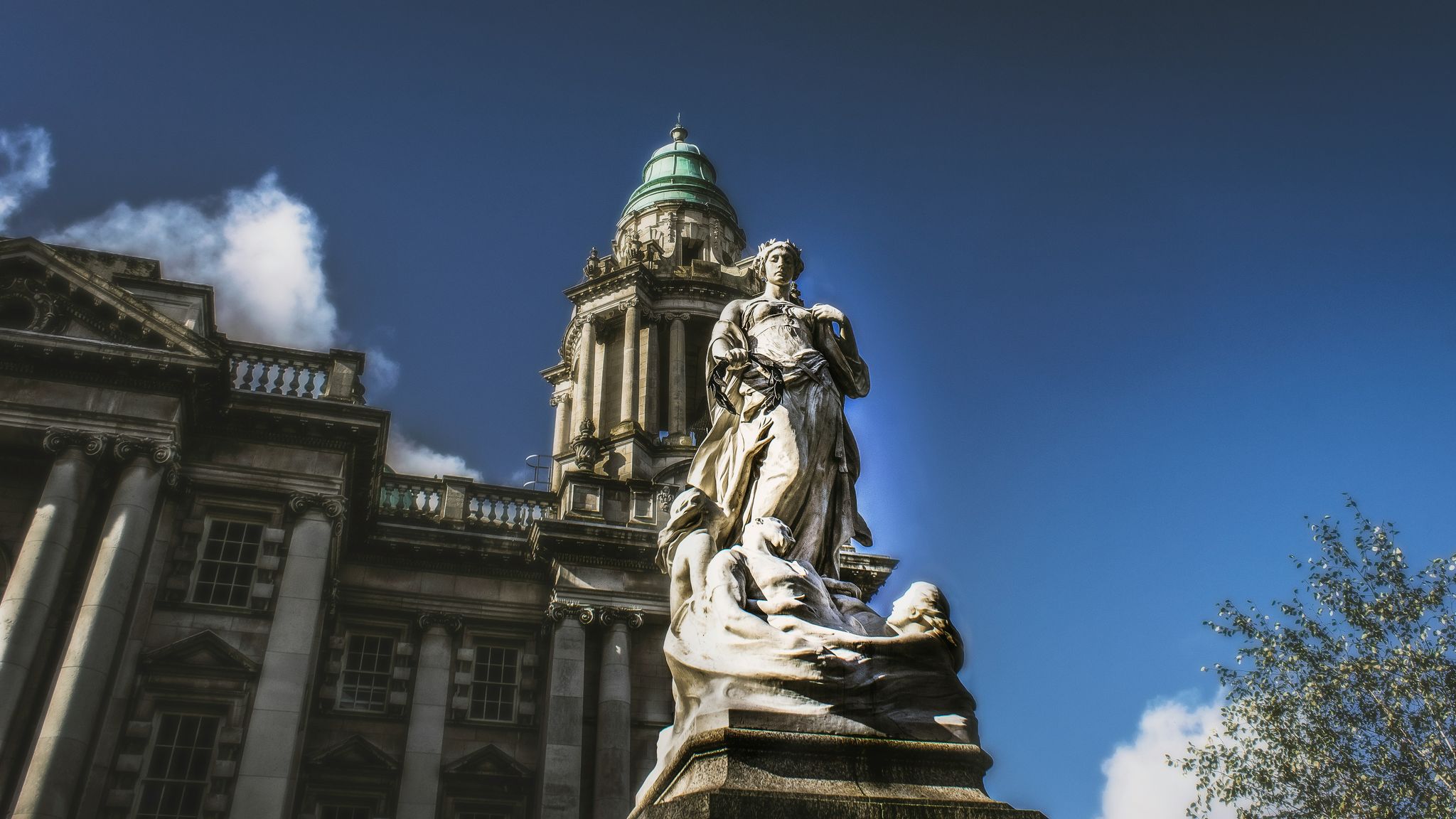
Photo by K. Mitch Hodge from Unsplash. No edits made.
Pack for changing weather
The weather in spring and autumn can be unpredictable. Pack layers so you can adjust to changing temperatures throughout the day. Don’t forget a waterproof jacket and comfortable shoes for all your outdoor adventures.
Explore the outdoors
Take advantage of the mild weather to explore Northern Ireland’s stunning landscapes. Hike the Mourne Mountains, stroll through the gardens of Mount Stewart, or drive along the scenic Causeway Coastal Route.
Check seasonal hours
The usual opening hours of attractions in Northern Ireland are between 9 AM and 7 PM. Some attractions may have shorter opening hours during the shoulder seasons. Always check ahead to make sure you have enough time to explore.
Try seasonal foods
Spring and autumn are great times to enjoy Northern Ireland’s local produce. Visit farmers’ markets and try seasonal dishes like roasted squash or root vegetable soup. Autumn, in particular, is harvest season and is the best time to visit Northern Ireland for food festivals and fresh, local flavors.
Off-peak Season in Northern Ireland: November to March
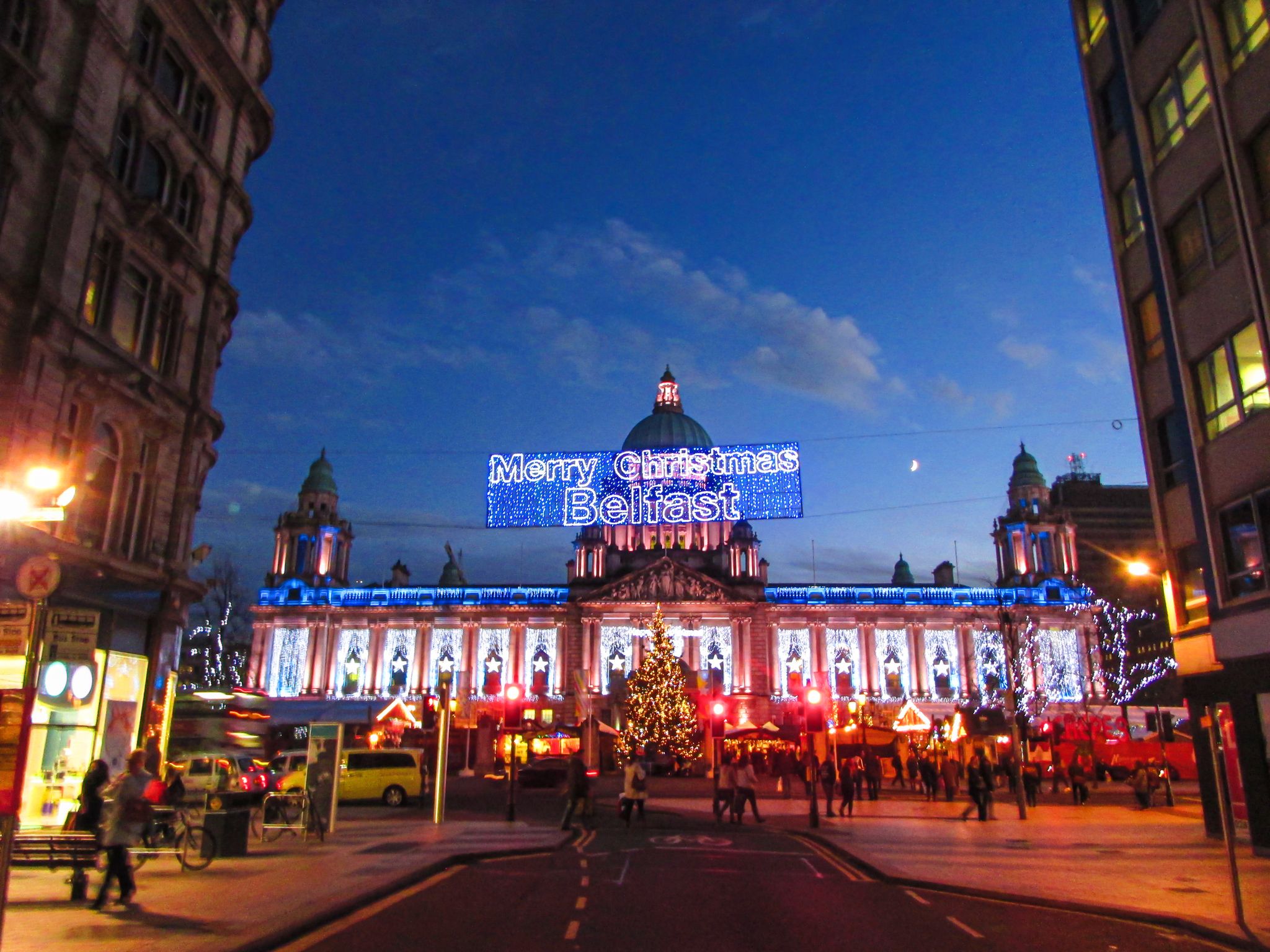
The off-peak season in Northern Ireland offers a quiet and unique travel experience. While the weather is cooler, November to March are the best months to visit Northern Ireland if you want to experience the country’s special charm.
Why is the Off-Peak Season the Best Time To Visit Northern Ireland?
Peaceful and uncrowded
One of the biggest reasons why the off-peak season is the best time to visit Northern Ireland is the lack of crowds. During the off-peak season, popular tourist spots like the Giant’s Causeway, the Dark Hedges, and Dunluce Castle are much quieter. You can explore at your own pace and enjoy the beauty without the overwhelming crowds.
Great deals on flights and accommodation
Off-peak season is ideal for budget-conscious travelers. Flights and accommodation prices drop significantly compared to the summer months. You can find great deals and potentially upgrade your stay to something more luxurious without breaking the bank.
Festive atmosphere
Winter in Northern Ireland is filled with festive cheer. Towns and cities are decorated for the holidays, and Christmas markets pop up with twinkling lights, tasty treats, and unique gifts. Belfast’s Christmas Market at City Hall is a must-visit for a dose of holiday spirit.
Dramatic landscapes
Winter landscapes are breathtaking, with snow-capped mountains, frosty fields, and misty mornings. November to March are some of the best months to visit Northern Ireland for photography and for experiencing natural beauty in a different light.
Indoor attractions
Winter is the perfect time to explore Northern Ireland’s many indoor attractions. Check out the Titanic Belfast Museum, the Ulster Museum, or the numerous historic castles and estates. These indoor activities are perfect for staying warm while learning the rich history and culture of the region.
Unique experiences
For more unique and personal experiences, the off-peak season is the best time to visit Northern Ireland. Engage with the locals, learn about the country’s history, and enjoy a deeper connection with the places you visit. It’s often quieter, so you get more personalized attention and a better understanding of the local culture.
Tips When Visiting Northern Ireland in the Off-Peak Season
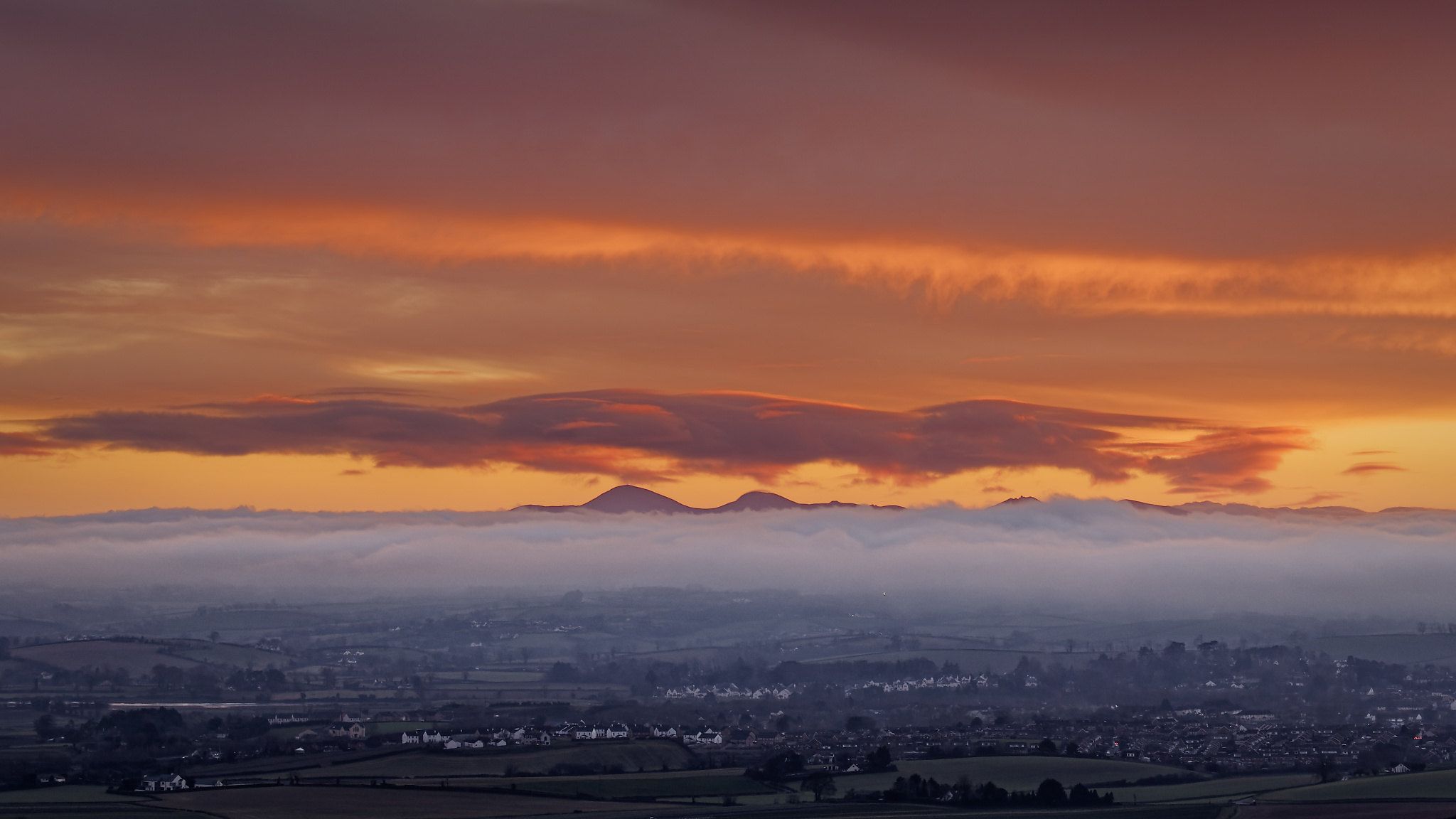
Photo by Shaun Jackson from Flickr. No edits made.
Pack warm and waterproof clothes
The weather can be chilly and rainy, so pack layers to keep warm and comfortable. Bring a good waterproof jacket, sturdy shoes, and cozy accessories like hats, scarves, and gloves.
Take advantage of lower prices
Off-peak season means lower prices on flights and accommodation. Look for deals and discounts, and consider upgrading to a nicer hotel or adding extra activities to your itinerary with the money you save.
Book indoor activities
Plan for indoor activities to stay warm and dry. Visit museums like Titanic Belfast and the Ulster Museum, explore historic castles, or enjoy a spa day at a luxurious retreat. These attractions are perfect for cold or rainy days.
Be flexible with your plans
Winter weather can be unpredictable, so be flexible with your itinerary. Plan a mix of indoor and outdoor activities, and be ready to adjust if needed. This way, you can make the most of your trip regardless of the weather.
Check the opening hours of attractions
Some attractions in Northern Ireland are only open on the weekends during the winter months. Meanwhile, other attractions close for the whole season. Make sure to check ahead of time.
Rent a car
If you’re thinking of the best time to visit Northern Ireland, you should also think of the best way to see it. Renting a car gives you the flexibility to explore at your own pace and visit more remote areas that might not be as accessible by public transport. Just make sure to drive carefully in winter conditions.
FAQs About the Best Time To Visit Northern Ireland

What is the best month to visit Northern Ireland?
The best month to visit Northern Ireland depends on your interest. If you want to learn about the country’s history, the best times to visit Northern Ireland are June to August. During these summer months, the weather is warm and pleasant, perfect for exploring historical landmarks.
For outdoor activities, consider visiting in spring (March to May) or autumn (September to November). These seasons offer mild temperatures and beautiful scenery, making them ideal for hiking and exploring nature.
Meanwhile, if you want to explore the country during the off-peak season, the winter months of November to February are the best time to visit Northern Ireland. These months are less crowded, and the long, dark nights are perfect for stargazing and night photography.
What is the cheapest month to visit Northern Ireland?
For travelers looking for a cheap vacation, the best time to visit Northern Ireland is January. During this off-peak season, you'll find lower prices on flights and accommodations, making it a budget-friendly time to explore.
While the weather can be cool and rainy, the peaceful atmosphere and great deals more than make up for it. Plus, there are fewer crowds at popular attractions, allowing you to enjoy Northern Ireland’s stunning landscapes and rich history in a more relaxed setting.
What is the best time to visit Northern Ireland to avoid the crowds?
The best time to visit Northern Ireland to avoid crowds is during the shoulder seasons, specifically in spring (April to May) and autumn (September to October). During these times, the weather is mild, the landscapes are stunning, and there are fewer tourists compared to the busy summer months.
You'll have more space to explore popular attractions like the Giant’s Causeway, the Dark Hedges, and the coastal routes, making your experience more relaxed and enjoyable.
What is the best time to visit Northern Ireland for outdoor activities?
The best time to visit Northern Ireland for outdoor activities is during the summer months, from June to August. During this period, the weather is warm and pleasant, with temperatures ranging from 59 F to 68 F (15 C to 20 C).
The long daylight hours, with up to 18 hours of sunshine, provide plenty of time for hiking, cycling, exploring the stunning coastline, and enjoying outdoor festivals.
Whether you're planning to hike the Mourne Mountains, kayak on Lough Erne, or relax on the beaches of Portrush and Portstewart, summer offers the perfect weather for outdoor adventures.
What is the Best Time to Visit Northern Ireland: A Summary
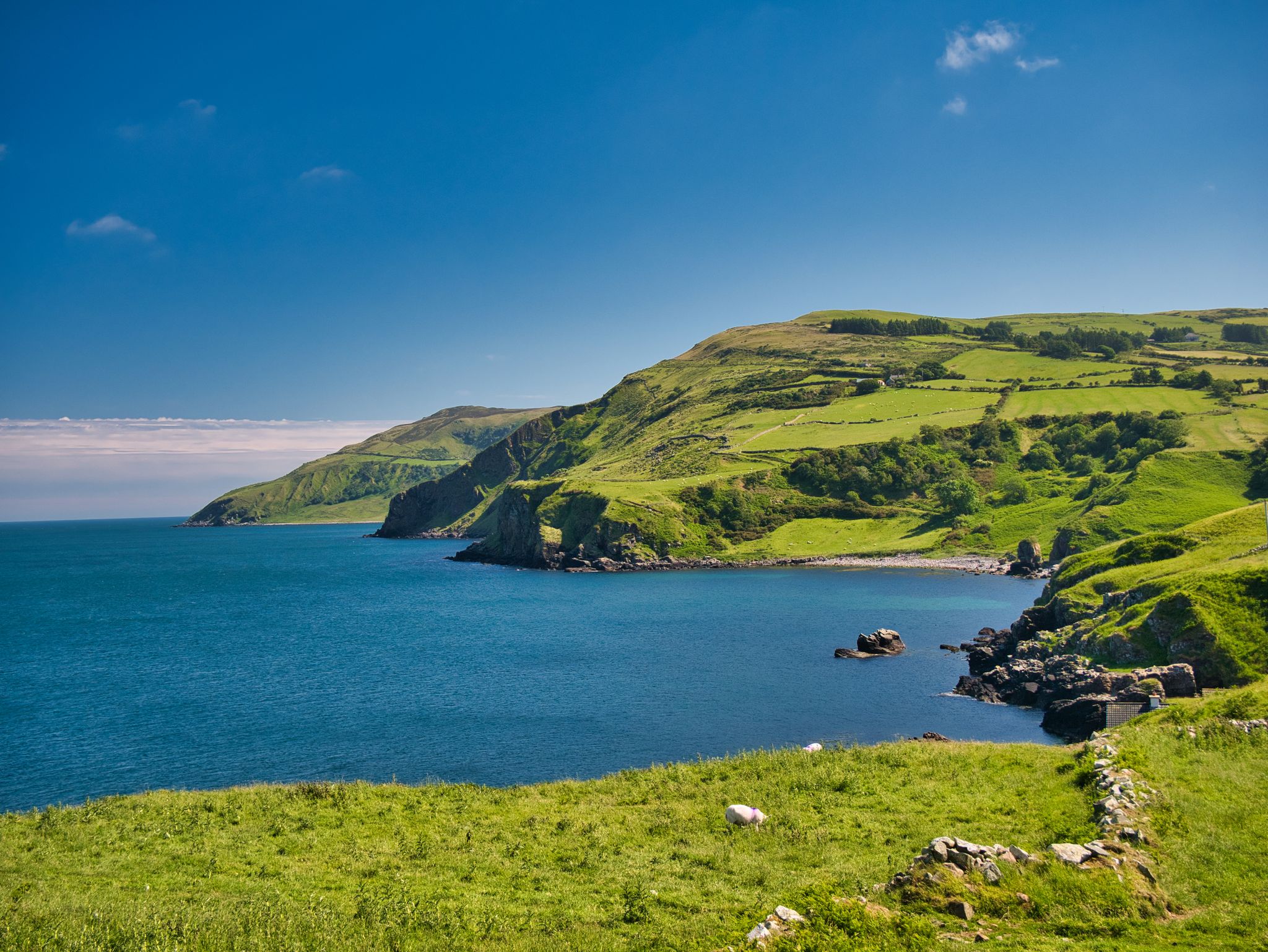
The best time to visit Northern Ireland depends on your preferences for weather, activities, and crowd levels. For the warmest and driest conditions, ideal for outdoor activities, visit during the summer months (June to August).
Travelers looking for milder temperatures and fewer crowds will find the shoulder seasons better. Spring (March to May) and autumn (September to November) offer a more relaxed experience.
For budget-friendly travel, the off-peak season (November to March) provides affordable options. Costs are lower for fights and accommodations, though it's cooler and wetter.
Hike in summer, enjoy cozy winter markets, or explore cultural festivals in spring and autumn. Ultimately, the best time to visit Northern Ireland depends on what kind of experience you’re seeking.
Once you’ve chosen the best time to visit Northern Ireland, it’s time to start planning the details. Pick tours and activities in Northern Ireland to enrich your itinerary, from historic explorations to outdoor adventures.
If planning trips isn’t your strong suit, browse this curated list of amazing vacation packages in Northern Ireland for a stress-free way to organize your journey. With so many options, your trip to Northern Ireland is sure to be a memorable adventure.
